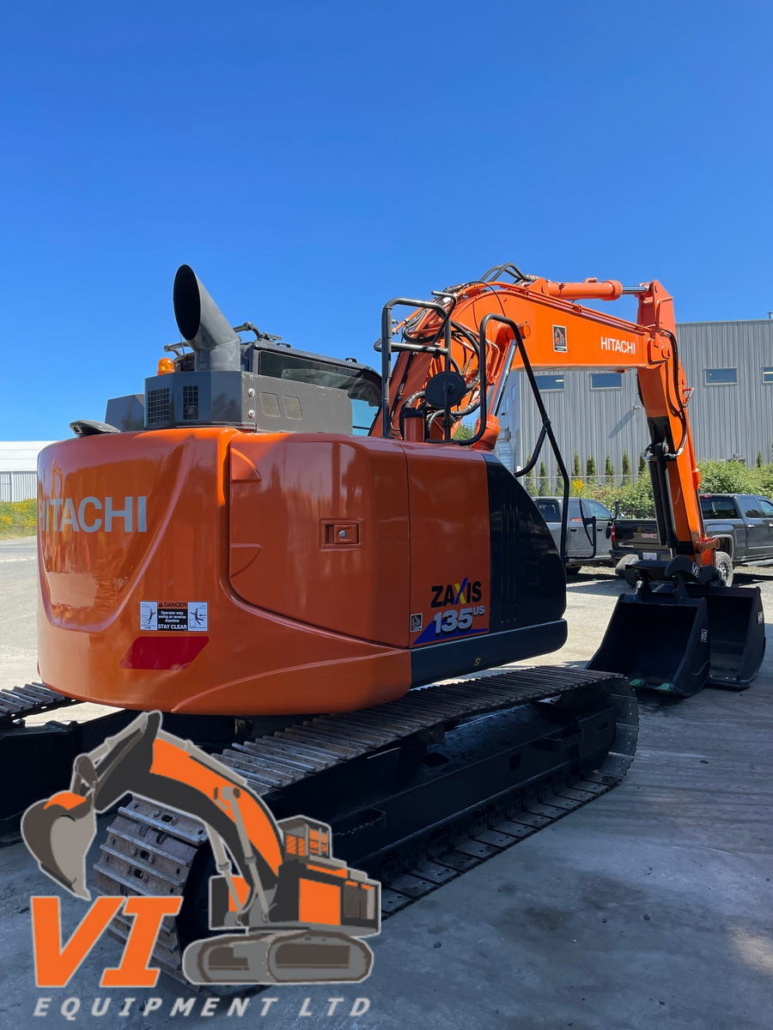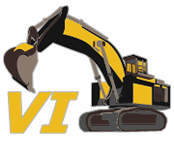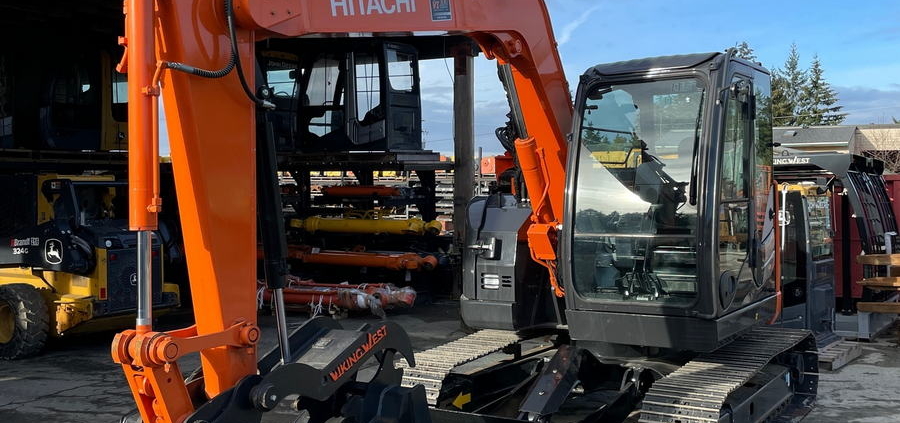Top 7 Most Commonly Replaced Excavator Parts
Excavators are the powerhouse of construction, mining, and landscaping projects, enabling professionals to dig, lift, and shift materials with precision and ease. With their complex mechanics and heavy use in challenging environments, certain excavator parts face more wear and tear and thus need to be replaced more frequently. We understand that keeping these machines in top working condition is not only vital for productivity but also for the safety of operators.
Through our experience, we’ve learned the vital role that regular maintenance and knowledge of commonly replaced parts play in extending the lifespan of an excavator. Early detection of wear and swift replacement of failing components can prevent more extensive damage and costly downtimes. As we share our insights, we hope to equip you with the knowledge to identify these parts and address issues before they escalate, ensuring your excavator performs efficiently and your projects run smoothly.
Key Takeaways
- Regular maintenance extends the lifespan and efficiency of excavators.
- Knowledge of commonly replaced parts is crucial for timely interventions.
- Maintaining excavator integrity is essential for operator safety and machine stability.

7 Commonly Replaced Excavator Parts
In our extensive experience with excavators, we’ve noted that certain parts are more prone to wear and tear and thus require replacement more often than others. These replacements are vital to ensure the longevity and optimal performance of the machinery used in earthmoving tasks.
Wear Parts and Undercarriage Replacements
The undercarriage of an excavator endures significant stress and is often a site where replacements are frequent due to wear. The key components that may need replacement include:
- Sprockets: These toothed wheels interact directly with the tracks and can wear down over time.
- Tracks: The heavy-duty chains that encircle the track frames may stretch or break.
- Bolts and Shoes: Holding the tracks in place, these components can become loose or damaged.
- Track Pads: Attached to the tracks, pads provide traction and can wear down, necessitating replacement.
Hydraulic Components and Seals
Hydraulic systems are integral to excavator operations, with several components subject to replacement:
- Hydraulic Pump: The heart of the hydraulic system which may require replacement after extensive use.
- Seals: Over time, seals can degrade and fail, leading to leaks and loss of hydraulic power.
- Filters and Hoses: These are critical in maintaining clean fluid within the hydraulics and should be replaced regularly to avoid blockages and preserve system integrity.
Routine checks for hydraulic function and fluid levels are advised to detect issues early and replace parts as needed.
Essential Excavator Components
In this section, we cover vital excavator components that are most susceptible to wear and require frequent replacement to ensure the machine’s power, performance, and reliability.
Undercarriage and Traction
The undercarriage is the foundation of the excavator’s mobility and stability. It includes several key components:
- Tracks: Provide the necessary grip for the excavator to move across different terrains.
- Rollers and Idlers: Facilitate smooth movement of tracks.
- Sprockets: Engage the tracks to roll them forward or backward.
Maintaining these undercarriage parts is critical for efficient operation and traction.
Engine and Power Systems
The engine is the heart of the excavator, driving the overall power and performance of the machine. We consider the following components crucial:
- Engine: Generates the power needed for the excavator to perform its tasks.
- Fuel System: Delivers diesel to the engine efficiently.
- Cooling System: Prevents overheating to ensure the engine operates within the optimal temperature range.
Regular engine maintenance is paramount to an excavator’s productivity and longevity.
Hydraulic System and Fluid Maintenance
The hydraulic system is integral to the movement and function of an excavator. Attention must be paid to:
- Hydraulic Fluid: Must be kept at proper levels and cleanliness to avoid damage to the hydraulic system.
- Hoses and Pumps: Transfer the hydraulic fluid with the pressure needed to move the arm, boom, and bucket.
Ensuring the integrity of the hydraulic components through regular maintenance is essential for preventing breakdowns and costly downtime.
Excavator Arm Dynamics
In this section, we focus on the intricacies of the excavator arm’s movement and control, emphasizing the crucial roles of specific parts in digging and lifting operations.
Boom, Stick, and Bucket
The boom is the excavator arm’s primary and largest section, pivotal for extending the reach of the machine. It’s connected to the stick, a narrower part which provides further reach and attaches to the bucket at the end. The bucket is the tool responsible for digging, lifting, and emptying materials. We must consider their collective balance and stability, as they all play significant roles in the excavator’s functionality and efficiency.
Cylinders and Controls
Hydraulic cylinders control the movement of the boom, stick, and bucket. We ensure that these cylinders extend and contract to pivot parts of the arm at connection points for desired movement. The controls in the cab, operated by pedals, levers, and joysticks, allow us to manipulate these hydraulic cylinders. Mastery over the controls is crucial for precise digging and lifting, and maintaining the excavator attachments in good working order is essential for continued operation.
Operator Safety and Excavator Stability
In this section, we place great emphasis on operator safety and the integral role of excavator stability. It is critical for the safety features of the cabin design and proper counterbalance to be in optimal condition to prevent incidents and maintain the integrity of the worksite.
Cabin Design and Safety Features
Operators spend countless hours within the confines of the excavator’s cabin, making its design and safety features paramount. Canadian standards mandate that the cabin, or cab, must be constructed to provide maximum visibility and protection for the operator. This is achieved through the inclusion of Roll-Over Protection Structures (ROPS), which help prevent injuries in the event of the machine tipping over. The cabin should also contain emergency exit routes that are clearly marked and easily accessible.
Counterweights and Stability Considerations
The stability of an excavator is heavily reliant on the use of counterweights. These essential parts help to balance the load and prevent tipping, particularly during lifting operations. As we assess the construction and mining industries, we note that the precise positioning and the condition of counterweights are crucial. A rule of thumb for maintaining stability is to keep the heaviest side of the machine, where the counterweight is located, towards the greatest load challenge, especially when working on slopes or uneven terrain. Regular inspections ensure the counterweight is securely attached and not compromised by wear or damage, which could impact stability and risk safety.





